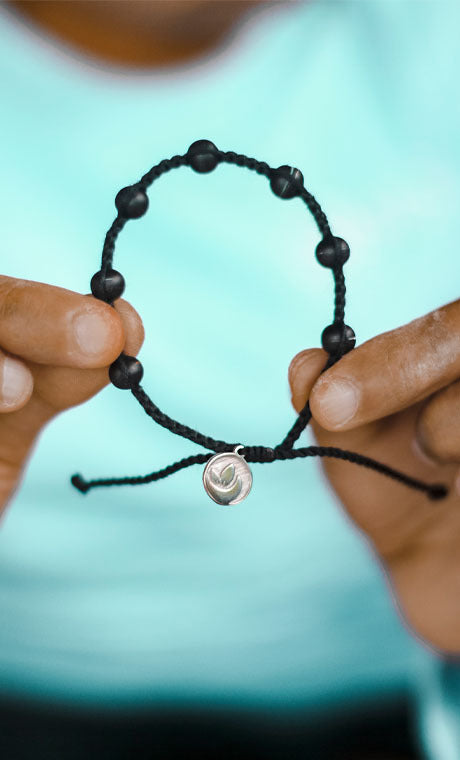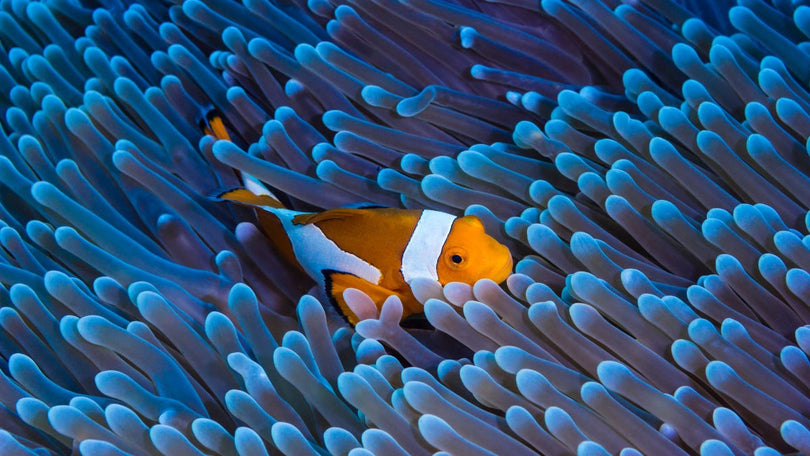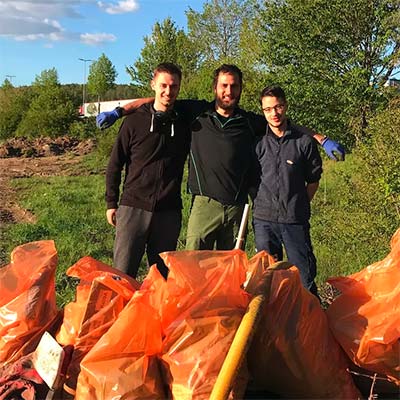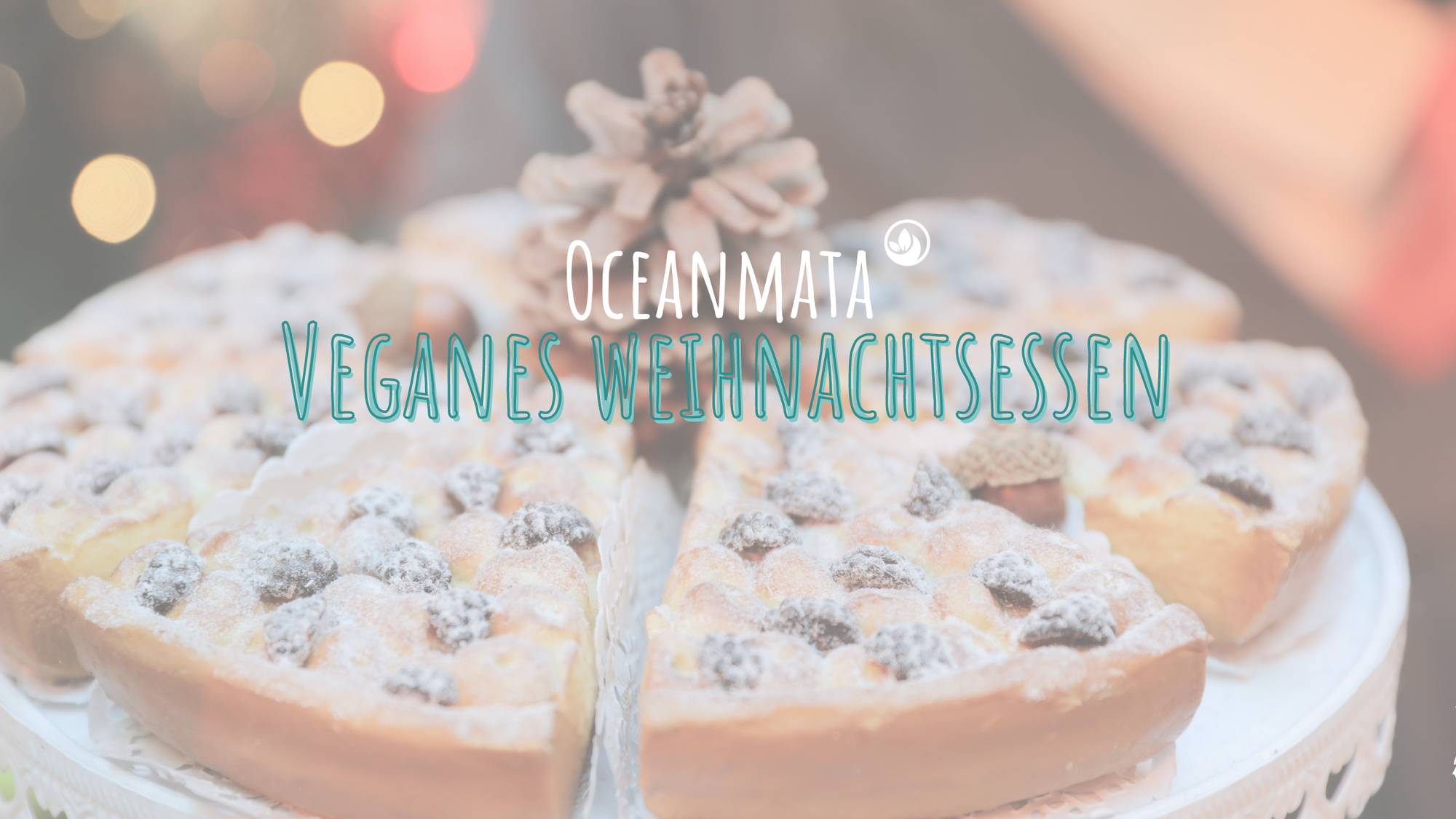The year is once again drawing to a close – but this year the New Year’s Eve we are used to will be different.
For some time now, the coronavirus crisis has forced us to focus on ourselves, slow down, and limit social interactions. Wild parties are also a thing of the past.
Many people find it difficult to find any positive aspects of this event due to the crisis. In this article, we'll tell you how you can still end the year in style and which perspective helps you do so.
New Year’s Eve fireworks – and the effects
Many people associate New Year's Eve with one thing above all else: colorful lights in the sky and loud bangs at midnight. Admittedly, it certainly looks beautiful. Whether it's someone else's fireworks or your own, things will be a lot quieter this year. However, there's also a downside to such beautiful fireworks. Time to take a look at these points and find something positive about this New Year's Eve.
Psychological stress for humans and animals
What we consider normal and easily accept is a major challenge for others. Many, based on their experiences, don't associate the loud explosion of New Year's Eve firecrackers with a joyful event. Numerous people are constantly fleeing their homes due to war . Never has this been more evident than this year.
Traumatized by bombs
Unimaginable for us. For war refugees: everyday life. They often lived in constant fear for their own lives and those of their families for years before fleeing their homeland. For these people, noises and bright lights can trigger so-called "flashbacks." These instantly transport them back to horrific war situations, with all the associated emotions, and thus trigger panic attacks. For years, people in certain areas have been asked to refrain from setting off fireworks near refugee shelters.
Our four-legged friends at home, as well as wild and zoo animals, also suffer from the spectacle. If you have a pet yourself, you may have already experienced the stress fireworks put on your faithful companion. No animal knows that fireworks and the noise are fundamentally harmless!
Wild animals react to "danger" because they perceive the noise and lights as potential enemies. The result? They try to escape. Especially in winter, wild animals need your energy to survive the cold months. The panic that ensues on New Year's Eve often weakens squirrels and the like so much that they don't survive until spring. Birds also suffer from disorientation due to the lights and clouds of smoke. This means they can't avoid obstacles in time and can no longer find their way. Zoo animals are locked up – and despite the danger they perceive, they can't follow their instincts and flee.
pollution
After the bang comes the fog. You've all probably seen the enormous wall of fog that settled over your hometown after the fireworks. The particulate matter content measured in the air on New Year's Eve is higher than at any other time of the year. This is caused by the black powder contained in fireworks. It also poses a health hazard, especially for people with pre-existing respiratory conditions.
In addition to air pollution, we also produce thousands of tons of unnecessary waste for a few minutes of spectacle. Is it worth it?
In recent years, some cities have already set an example and switched to safe light and laser shows , such as Stuttgart. We think they're just as beautiful!
Injuries
Our hospitals are working to their limits during this crisis – it goes without saying that there is no room for victims of pyrotechnics here this year – right?
For example, on New Year's Eve, more people injure their hands than on any other day. Burns, fractures, eye injuries, and the like are commonplace in emergency rooms around the turn of the year. Quite a few also suffer permanent damage—is it worth it?
Even watching isn't enough to protect you – who hasn't jumped aside because of a tipped-over rocket or a neighbor carelessly throwing a firecracker? Some even enjoy throwing firecrackers at others. Around half of those injured are children.
New Year's Eve traditions around the world
A quick turn of the globe reveals that things can be different. Firecracker-free New Year's Eve traditions can be found in many countries around the world. We've picked out the best ones for you:
- Spain: The year is traditionally celebrated with family. With the first chime of the New Year's clock, the tradition of eating lucky grapes begins. Take 12 grapes. With each chime of the clock, one grape is eaten. In the best case scenario, you've collected your 12 grapes and a new year full of luck awaits you. If you don't make it, unfortunately, the opposite is true. This tradition has existed in Spain since 1909, originating from the bountiful grape harvest of that time. If you throw a gold ring into a champagne glass at the end, and if you're a woman, you also wear red underwear, then according to the Spanish, nothing can go wrong in the new year!
- Czech Republic: Look inside the apple and I'll tell you how your year will be. Sounds strange? It's normal in the Czech Republic! Shortly before midnight, an apple is taken and cut in half. By looking at the shape of the core, you can find out how lucky you'll be in the new year. The star shape represents good luck – the cross shape represents bad luck. Finances are managed with lentils – these are said to symbolize money and are eaten in the form of a soup at midnight.
- Brazil: Here, the sea is incorporated. Shortly before midnight, Brazilians dress in white and head to the beach. The white symbolizes the sea goddess, "lemanjá." Instead of seven bridges, they joyfully jump over seven waves, each jump linked to a wish for the new year. To honor the sea goddess, flowers are thrown into the sea afterward. A bay leaf in the purse ensures financial security in the new year.
As you can see, it's possible to live without pollution and noise – in peace with nature and fellow human beings. We think it's time to break new ground and usher in new traditions. If not now, then when? Have you perhaps already found new New Year's traditions for yourself? Feel free to tell us more about them in the comments.
Ps: you can do something against environmental pollution here - your contribution to a plastic-free Bali













